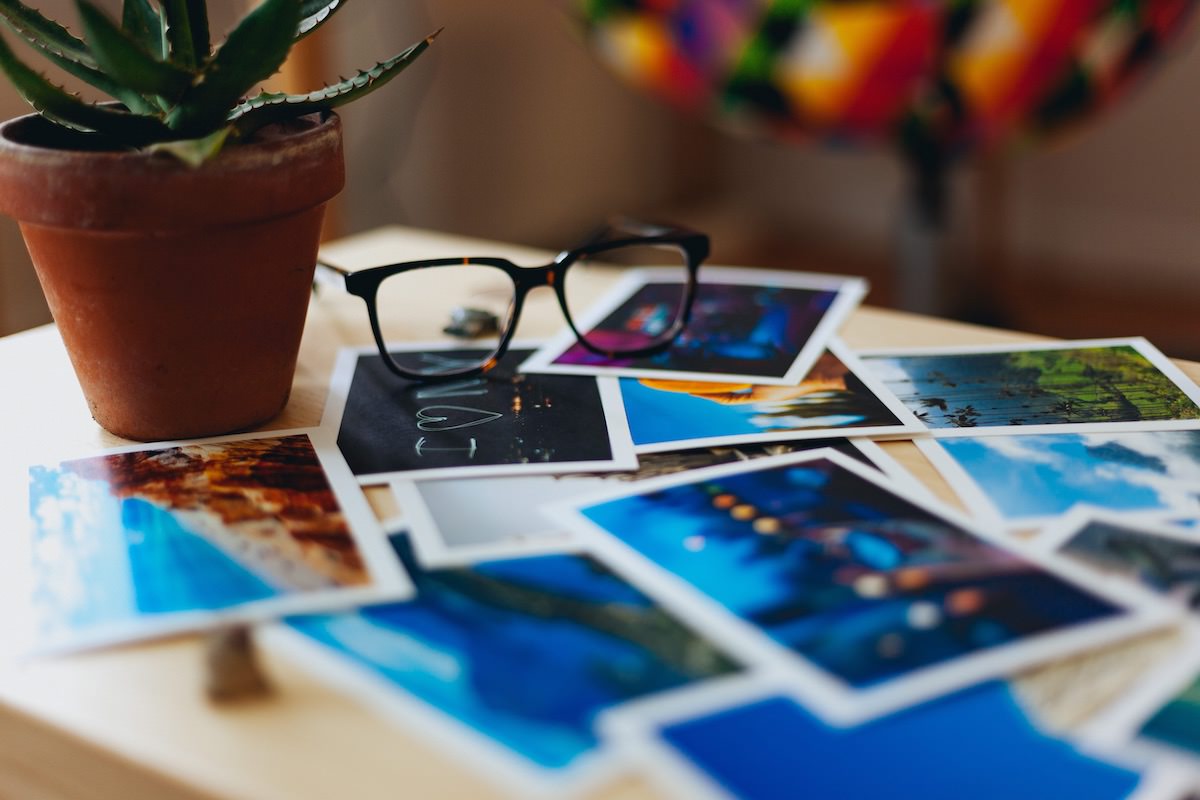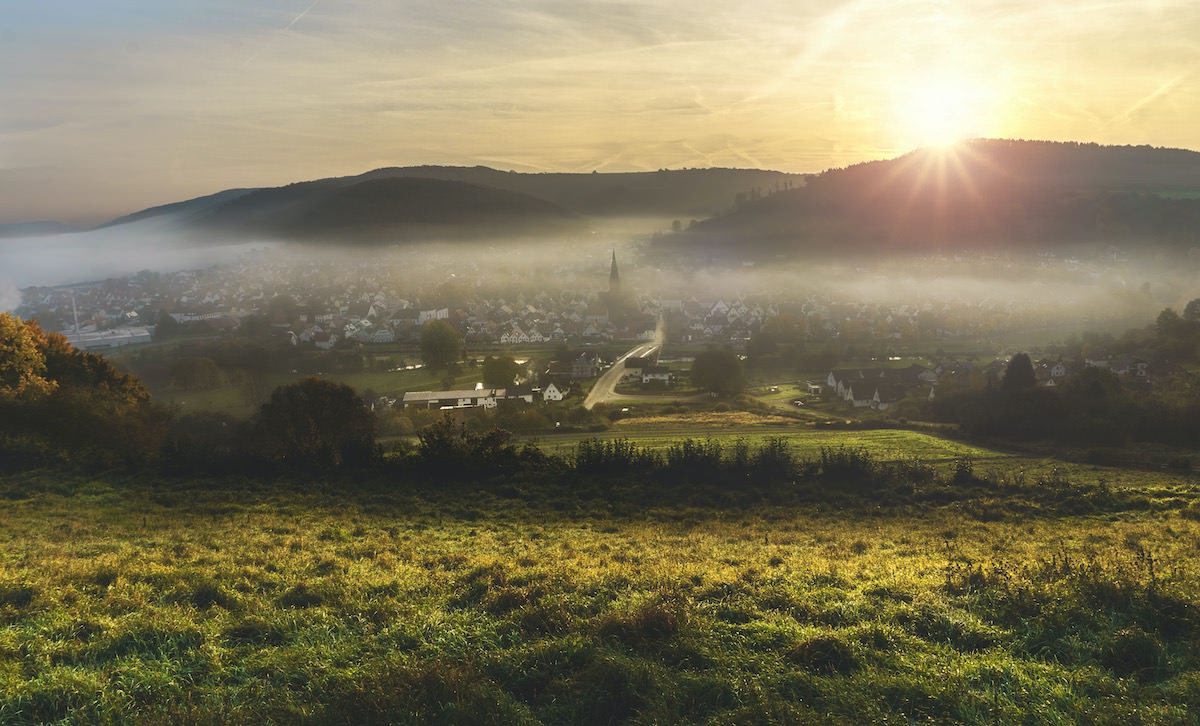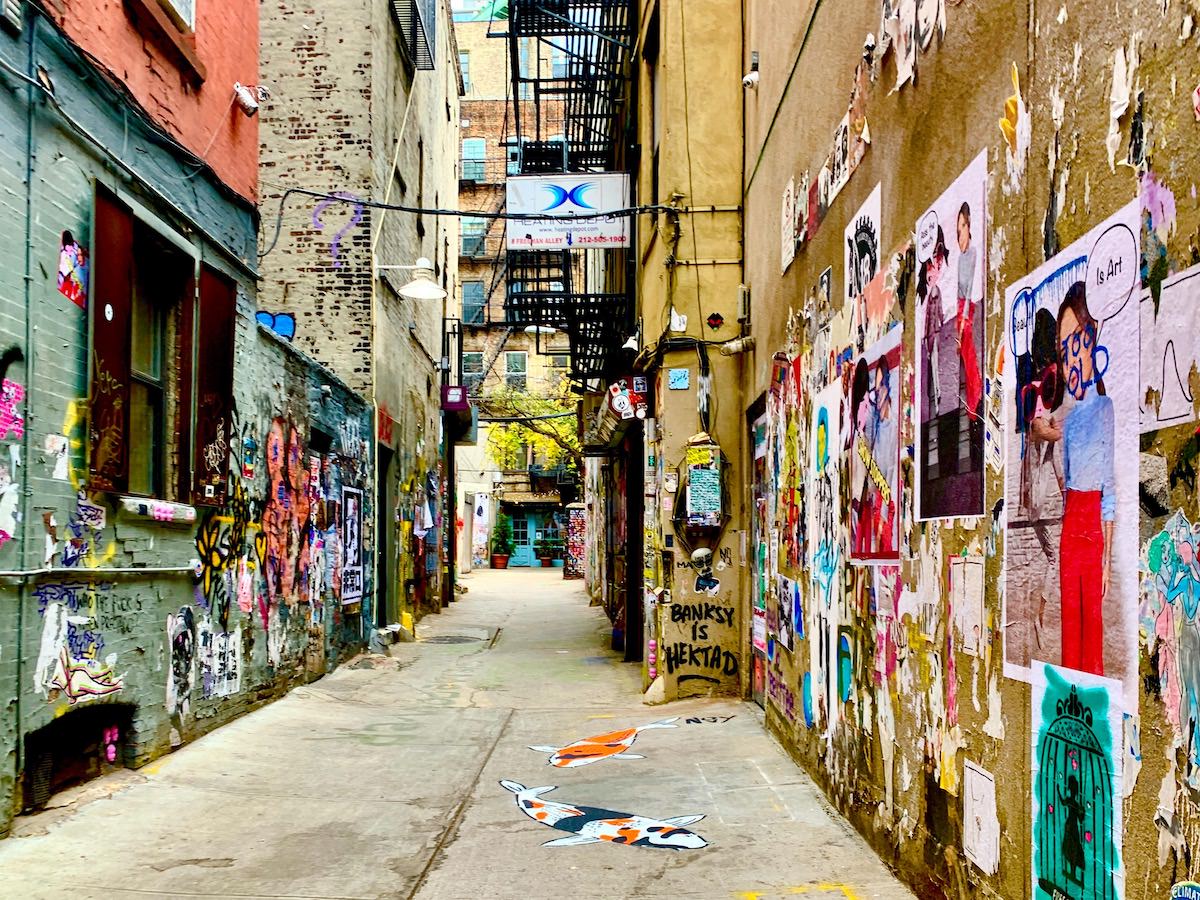Planning on packing your bags (and camera) for some adventures soon? Travel photography is an exciting prospect because you get to have new experiences, meet new, people, and create unique photography along the way.
Here are 7travel photography tips from photographertouch.com to help you get better results while you're traveling.
Travel Photography Tips #1: Use Weather-Sealed Gear
Travel photography is all about being outside and doing your best to capture the essence of a place. That means being out in the elements where your equipment can be exposed to rain and inclement weather at a moment's notice. Traveling from place to place also means your camera and lenses will be subjected to fluctuations in moisture and humidity.

Plus, when you're traveling, you have your gear with you pretty much at all times, so it's more likely to be subjected to spills and accidents. Not everyone has the budget to travel with backup gear if something happens (plus traveling light is the way to go), so it's nice having gear that can take some abuse.
2) Travel Light

Consider bringing as little camera gear as possible for travel photography. Not only will it make your travel experience more comfortable by weighing you down less, it will also simplify your photographic process. When you bring a bunch of lenses with you when you're traveling, it can be overwhelming trying to decide what lens to shoot with at any given time.
Try taking just one lens and see what happens. I recommend something wide, like a 28mm or 35mm, so that you can capture the whole scene of a place if necessary. Prime lenses are great for traveling because they're small, lightweight, and typically have better image quality than zoom lenses. If you really need the focal length versatility, a single wide to standard focal length zoom can cover all the bases you would realistically need for travel photography.
Camera, lens, strap. That's all you really need.
3) Take a Lot of Photos

Travel photography or otherwise, photography is always a numbers game, even when you're trying your best to only shoot high-quality photos. Part of what makes the best photographers in the world the best is that they have no qualms about culling their photos that don't make the cut.
If you're on the fence about a photo and don't know whether it's a keeper or not, then it's probably best to not include it in your portfolio. Great photos jump out at you the moment you see them when you're in the editing process.
By taking a lot of photos while traveling, you set yourself up for a better likelihood of success by giving you more options to choose from.
You also have to keep in mind that you're usually going to be on a time crunch when you're traveling. You may only get one opportunity to photograph a place, so why not take advantage of it while you can?
4) Wake Up Early

Even if you're like me and you're not a morning person, you won't regret getting up early to go out and shoot when you get back from your travels. Getting up early gives you more time and light during the day to make photographs.
It also gives you two opportunities to photograph during the golden hour if you get up before sunrise. Golden hour makes for beautiful dramatic light that results in more keeper images.
5) Research the Local Area

Think about what type of photography attracts you. Are you more into landscapes, cityscapes, or something else? Would you like to photograph the touristy areas or would you like to go off the beaten path?
The answers to these types of questions will give you an idea as to what areas you should seek out to photograph in. Luckily, it's easy to get an idea of a place's layout on the internet these days.
In addition to getting a sense of a place before traveling, it's also a good idea to educate yourself on local customs and culture. When traveling, I always want to be aware of anything I should know so as to not disrespect or offend. If you're traveling to a place where you don't speak the language, it never hurts to learn a few phrases — the locals will appreciate that you put the time in.
On a related note, consider getting a local personal guide, at least for your initial exploration of a new place. This can potentially eat into your travel budget but can be totally worth it. You get to make a new friend who knows all the local spots and they'll be able to tell you where to go and where to avoid.
I love exploring new places and photographing everything that catches my eye, but that has gotten me into some sticky situations when doing street photography while traveling. A local guide should be able to give you a good idea of the types of people in an area that you shouldn't photograph. Having someone with you when you're photographing in a strange place can only be good for your personal safety as well.
6) Get Lost and Wander

One of the most freeing things in travel photography is to have an open schedule with no responsibilities for the day and to explore the unknown. My ideal day is to set out at dawn and go wherever my instincts take me. No planning, just your feet on the ground and camera in hand, photographing whatever interests you. Once you've photographed for a few hours, noon rolls around and it's a great opportunity to rest your feet and try some of the local cuisine. Then the same thing after; exploring and photographing for several hours until sunset.
There's nothing wrong with photographing typical tourist areas in your photos, but by getting off the beaten path, you stand out from what other photographers have done before you.
7) Include the Locals in Your Photos

Local people are part of what makes a place unique. So I don't think of people being in my frame as "spoiling" any shot. Having locals in your frame adds character to travel photos.
You don't have to do street photography to apply this; you can include local subjects in cityscapes, landscapes, and more.
Last Thoughts
Travel photography is such a great chance to change things up from your normal photographic routine and experience something new.
I think the most important thing to keep in mind for travel photography is to travel light. Having a bunch of lenses and other gear may seem appealing before you hit the road, but it won't be so fun when you're carrying all that extra weight around!
I hope these travel photography tips gave you something new to consider and best of luck with your travel photography.
